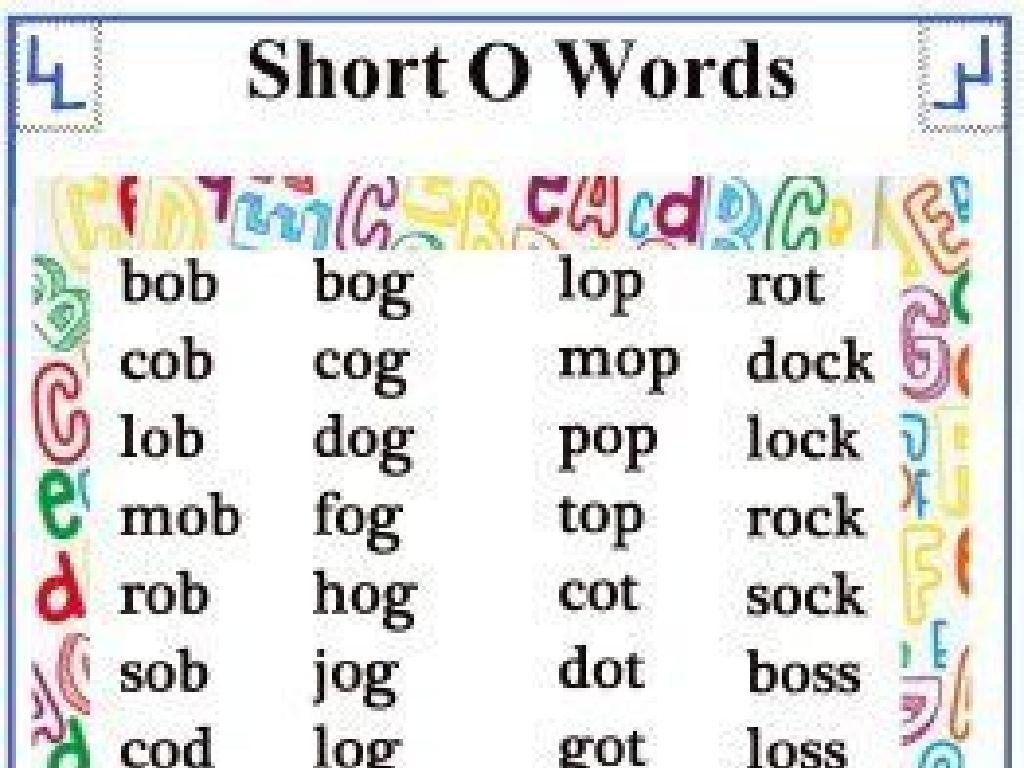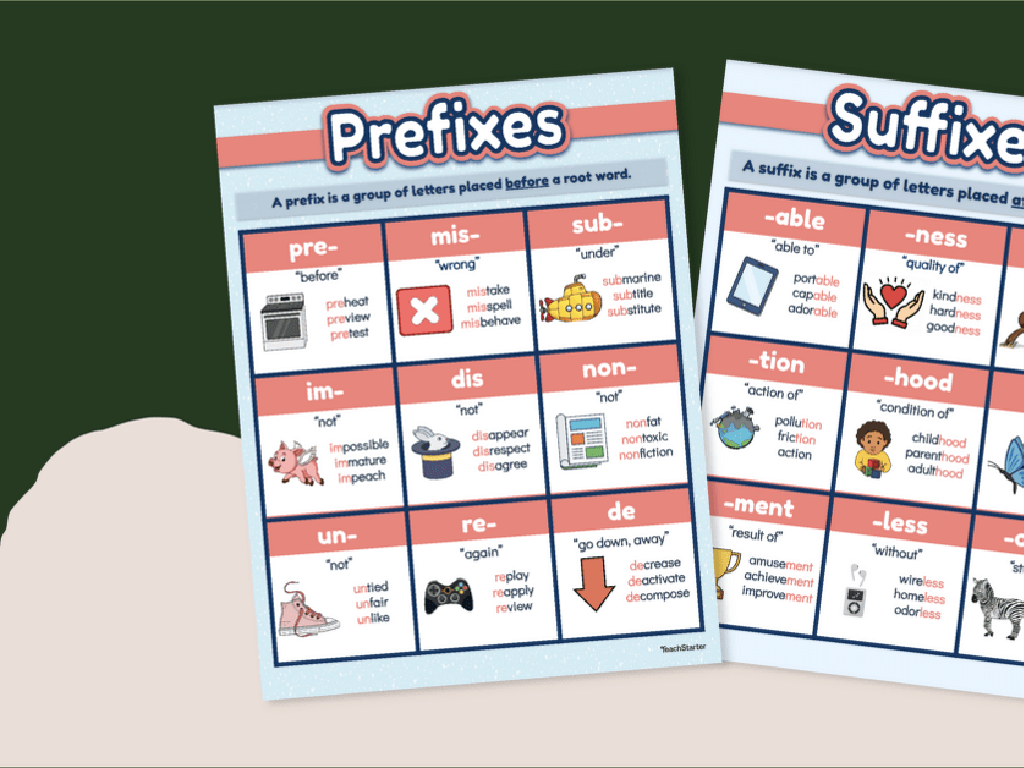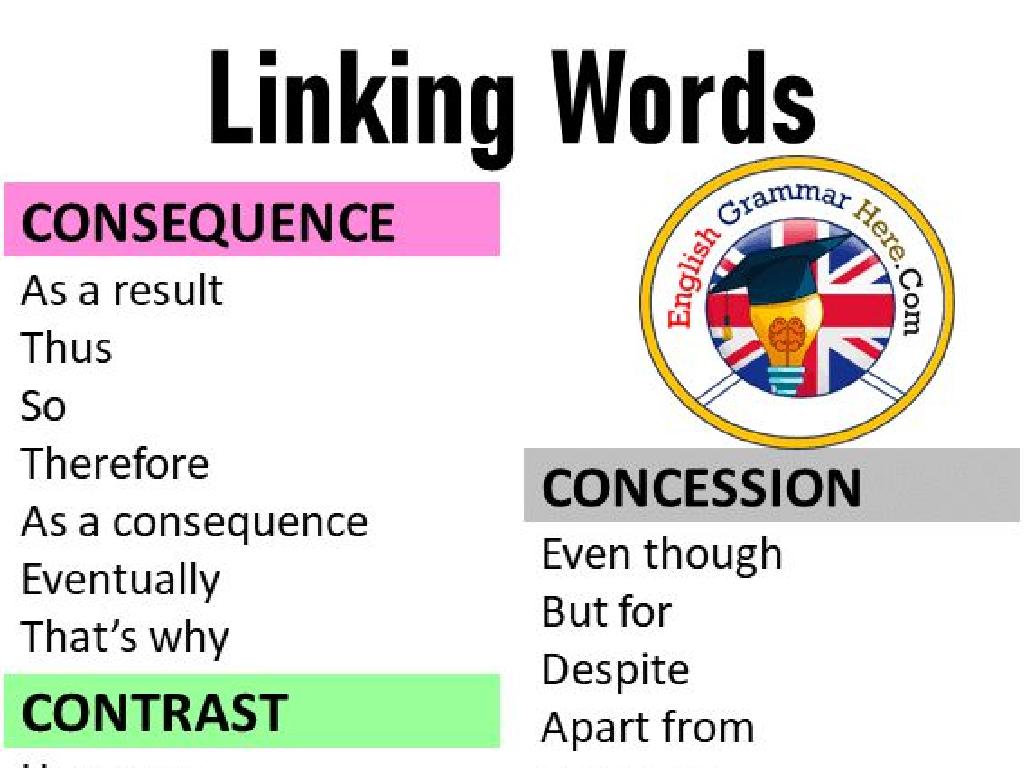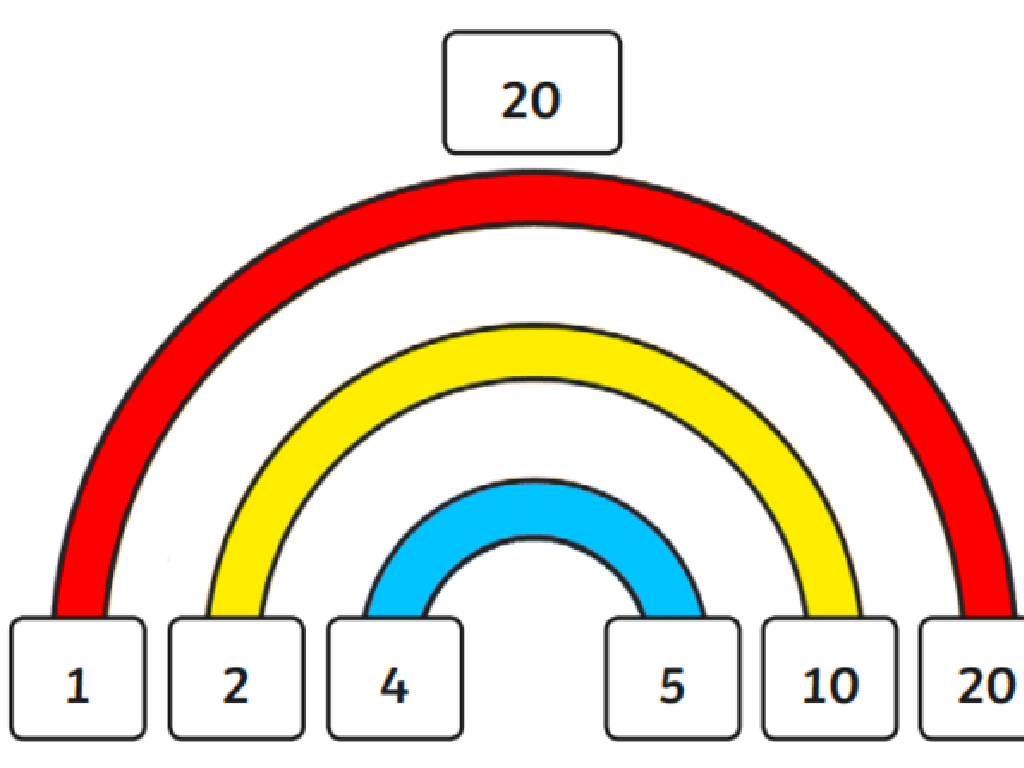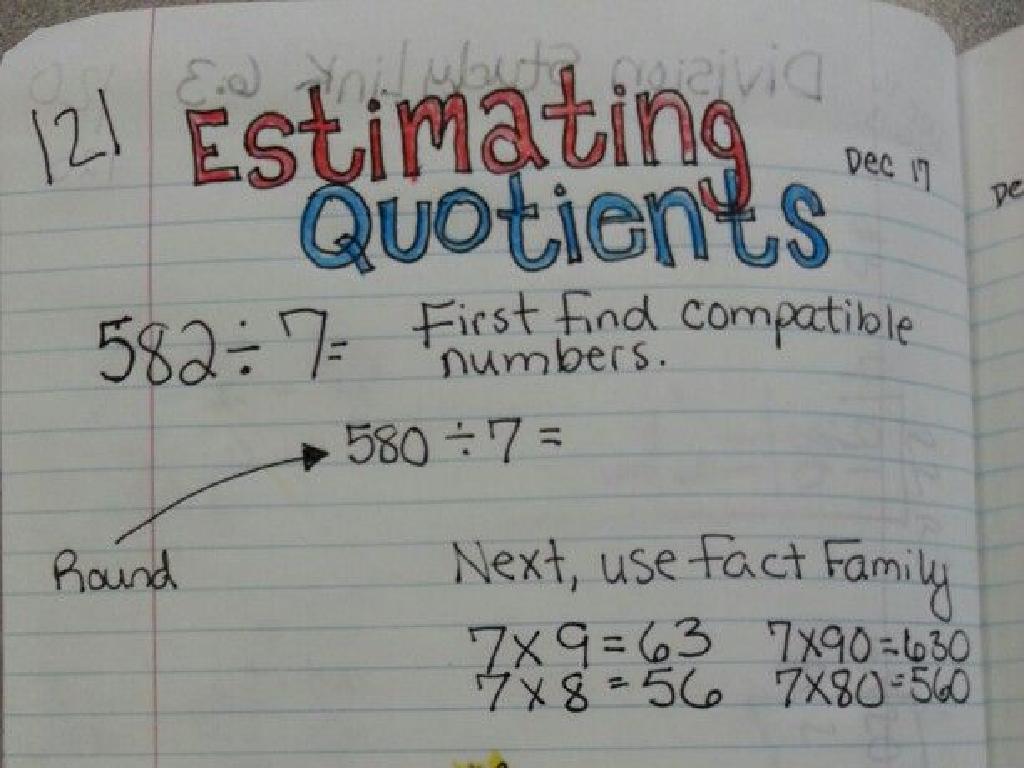Read About History
Subject: Language arts
Grade: Fifth grade
Topic: Informational Texts: Level 2
Please LOG IN to download the presentation. Access is available to registered users only.
View More Content
Exploring Informational Texts
– Define Informational Texts
– Texts that provide facts about real-world topics.
– Understand their purpose
– To inform, explain, or teach readers about a subject.
– Identify different types
– Such as biographies, articles, and manuals.
– Examples of each type
– ‘Who Was Thomas Jefferson?’ (biography), ‘How Volcanoes Erupt’ (article), ‘Using Your New Telescope’ (manual)
|
This slide introduces students to the concept of informational texts, which are a cornerstone of non-fiction reading. Informational texts are designed to convey knowledge and information about the real world, ranging from historical events to how-to guides. The purpose of these texts is educational, aiming to inform or instruct the reader. It’s important to provide students with examples of different types of informational texts to help them recognize and understand the variety of resources available to them. Encourage students to think of informational texts they’ve encountered in their daily lives and discuss the purpose these texts served. This will help them grasp the relevance and application of informational texts in their own experiences.
Understanding ‘Reading About History’
– Importance of reading history
– Learn from past events to shape our future
– Historical texts as time windows
– Diaries, letters, and articles show us past life
– Identifying reliable sources
– Use trusted books and websites for accurate information
– Critical thinking in history
– Analyze different perspectives to understand history better
|
This slide aims to emphasize the significance of reading about history for fifth-grade students. It’s crucial to convey that history helps us learn from the past to make informed decisions for the future. Historical texts like diaries and letters provide personal insights into what life was like in different eras. Students should be taught how to identify reliable sources, such as textbooks and educational websites, to ensure the information they are reading is accurate. Encourage them to think critically about the information they read and to consider multiple perspectives to gain a comprehensive understanding of historical events. This foundational skill will aid them in all areas of their education.
Exploring Features of Historical Texts
– Understanding headings & subheadings
– Headings organize content; subheadings break it into topics.
– The role of timelines in history
– Timelines show the order of events and their dates.
– Significance of photographs
– Photos provide a visual glimpse into the past.
– Deciphering captions
– Captions explain photos and add context.
|
This slide aims to familiarize students with the common features found in historical texts, which are essential for understanding and analyzing historical information. Headings and subheadings help readers identify the main topics and navigate through the text. Timelines are crucial for placing events in chronological order and understanding the sequence of historical happenings. Photographs serve as visual evidence of the past, and captions are important for providing explanations or additional details about the photographs. Encourage students to use these features as tools to better comprehend and engage with historical texts. In the next class, students can practice identifying these features in sample texts and discuss how they contribute to their understanding of history.
Analyzing a Historical Text
– Identify the main idea
– What’s the text mainly about?
– Find supporting details
– Look for facts that back up the main idea
– Understand context and perspective
– Who wrote it and why? What was happening at that time?
– Connect history to today
– How does the past influence our lives now?
|
This slide aims to guide students through the process of analyzing historical texts. Start by identifying the main idea of the text, which is the central message or point the author is trying to convey. Then, help students find supporting details that reinforce this main idea. Discuss the importance of understanding the context in which the text was written, including the author’s perspective and the historical period. Finally, encourage students to make connections between historical events and the present day, understanding how history shapes our current world. Provide examples of historical texts and facilitate activities where students can practice these analytical skills.
Exploring Vocabulary in Historical Texts
– Learn key historical terms
– Terms like ‘colony’, ‘revolution’, ‘constitution’
– Use context clues for new words
– Look for hints around the word to guess meaning
– Create a vocabulary map
– Organize words and meanings visually
– Enhance understanding of history
|
This slide aims to help students grasp the importance of vocabulary in understanding historical texts. Introduce key terms that are commonly found in historical documents and discussions. Teach students how to use context clues hints from words and sentences surrounding an unfamiliar term to infer the meaning of new words. Encourage them to create a vocabulary map, which is a visual organizer that helps them connect words to their definitions and to other related concepts. This activity will not only build their vocabulary but also deepen their comprehension of historical events and texts. Provide examples of vocabulary maps and guide them on how to create their own with the new terms they learn.
Reading Comprehension: Exploring History
– Summarize historical facts
– Pick out key events and simplify them into a summary
– Ask questions during reading
– What do you wonder about the events or people you read about?
– Make inferences from evidence
– Use clues in the text to understand deeper meanings
– Connect history to today
|
This slide aims to equip students with strategies to enhance their comprehension when reading historical texts. Summarizing helps students to distill the essential information and understand the main events. Encourage them to write short summaries of paragraphs or sections. Asking questions engages them with the material, prompting deeper thinking and curiosity about historical events and figures. Making inferences allows students to read between the lines and draw conclusions based on evidence presented in the text. Finally, help them connect historical events to the present day to make the information more relevant and memorable. These strategies will be practiced through class activities, discussions, and individual reading assignments.
Class Activity: Exploring History Through Text
– Group analysis of a historical text
– Each group presents their insights
– Discuss historical events’ relevance
– How do past events shape our world?
– Relate history to current events
– Find connections between history and today’s news
|
This interactive class activity is designed to engage students with history by analyzing a historical text in groups. Each group will dissect a portion of the text, looking for key events, figures, and the context of the time. After the analysis, groups will present their findings to the class, fostering public speaking and collaboration skills. The discussion will then shift to how these historical events relate to the present day, encouraging students to draw parallels between the past and current events. This will help them see the impact of history on their lives and the world around them. Possible activities: 1) Comparing a historical event to a recent news article, 2) Creating a timeline that includes historical and current events, 3) Role-playing a debate on a historical decision’s impact on today, 4) Writing a short essay on how a historical event influences our lives now, 5) Drawing a comic strip that connects past and present scenarios.

